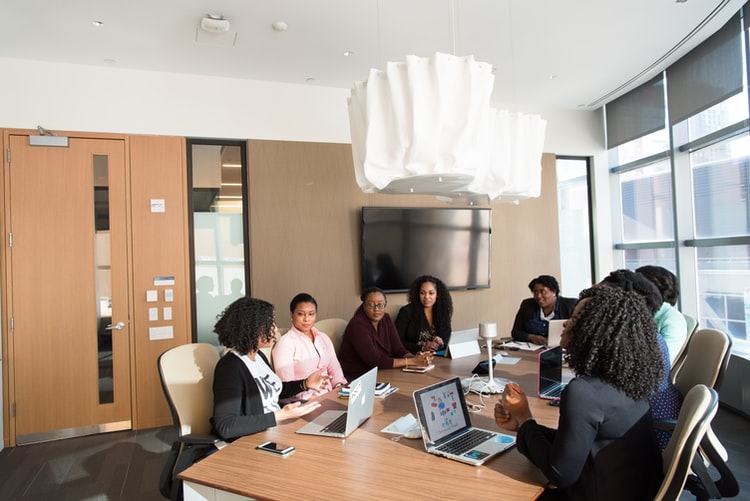The ISO cyber security shares insights on how to work effectively during the pandemic. These learnings come from occupational health and safety experts.
The COVID-19 Outbreak In The World Of Security
A year has passed since the COVID-19 pandemic. Since then, the world has shifted its ways and norms. This basically involves the workplace we are doing business in.
In addition, it has also been observed that security has been disturbed even more during this era. For instance, cybersecurity cases are on the rise even more. Data breach incidents are also increasing in number. Not to mention that complexity of attacks was also observed.
So how can businesses today manage to adapt?
After all, today’s seasons show that the pandemic is yet here to stay for some time. Thus, there is no way but to adapt.
The ISO cyber security releases the ISO/PAS 45005. This contains the Occupational health and safety management- General guidelines for safe working during the COVID-19 pandemic.
Who is this for?
The ISO/PAS 45005 is designed for both employers and employees. In addition, it fits all avenues of work. “One-man bands to multinationals”, for instance.
ISO Cyber Security: What Can We Learn From The COVID-19 Pandemic?
Experts share their thoughts about what they learn during the pandemic. Specifically, these learnings refer to effective workplace management in the pandemic.
“Needs differ, so measures should also differ.”
This is a point made by Martin.
He pointed out that companies fare differently. Perhaps, some managed to shift workplaces seamlessly. From on-premise to remote, for instance.
In the same manner, each employee fare differently. Realistically, each of us has different circumstances. So Martin adds, “what is manageable for one person may not be for another”.
So what is the point?
Measures should be tailored according to circumstances. For example, it should be on the basis of what the organization needs. At the same time, it should fit what the worker needs.
“Importance of Agility, Flexibility, and Business Continuity”
On the other hand, Sally makes a point. The pandemic has been a total turn of events and business culture.
If without agility and flexibility, how can a business go on?
Perhaps a business should be quick to drive decisions in a short period of time. Changes in operations and procedure, for instance.
Of course, no one is too informed about the pandemic. So everyone is truly in shock.
But, those with security measures prepared fares better.
In addition, during this period of time, Sally acknowledges the need to have a business continuity plan.
Summing it up, willingness to adapt and capability to adapt are vital in keeping a business going on in the midst of the pandemic.
How About Those Who Cannot Work Remotely?
True, there is some nature of work that cannot be done remotely. Retail, utilities, transport, and social care sectors, for instance.
So how can businesses adapt?
Consider what Martin suggests.
- Re-organize the procedures of work
- Minimize human contact
- Social distancing is a must
- Limit the number of people in the same vehicle
- No sharing of drinks or food
- Hygienic protocols

